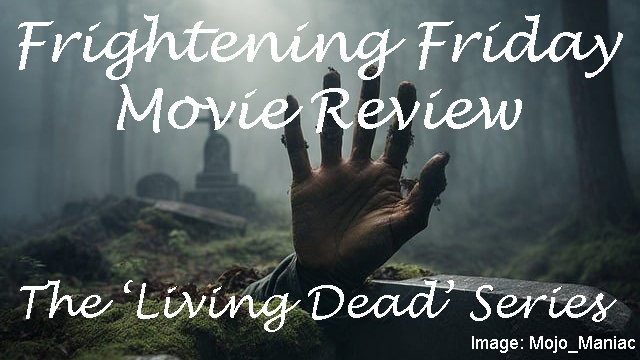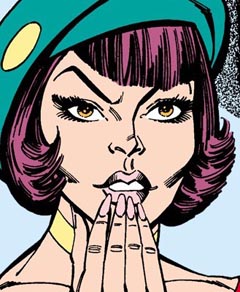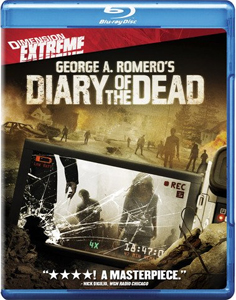For his fifth “Living Dead” film, writer-director George Romero redefines (or clarifies) his franchise as an anthology. Rather than continuing further into a zombie-dominated future from 2005’s “Land of the Dead,” he instead explores the early days again — but sets the action in present day — for “Diary of the Dead” (2007).
Back to a small budget
Romero seems to be interested not so much in a grand narrative (although his contained stories are good) as he is in trying a different type of filmmaking each time. After dipping into a rare big budget with “Land,” he stays in Toronto but goes back to a small budget and takes a shot at “found footage” horror.
He puts his stamp on it not only with a solid example of the form, but also with a thoughtful commentary about how filmed and edited TV news footage distances viewers from both the truth and – whether truthful or not – the gravity of what they’re seeing.

“Diary of the Dead” (2007)
Director: George A. Romero
Writer: George A. Romero
Stars: Michelle Morgan, Joshua Close, Shawn Roberts
The survivors we follow in “Diary” come from a University of Pittsburgh film class. Ironically, they are making a horror film in the woods when news breaks over the radio about people returning from the dead. Camera operator Tony (Shawn Roberts) continues to document everything as his classmates and their professor flee town in an RV.
Editor Debra (Michelle Morgan) initially criticizes Tony for filming everything, finding it crass. But eventually she realizes Tony is right: People who view this footage on MySpace Film, supplemented with shots of their editing process to emphasize that they’re not faking anything, will gain knowledge that could save their lives.
The characterizations and acting in “Diary” are a notch below “Land” but still strong; likely the only name you’ll recognize is Tatiana Maslany (later of “Orphan Black” and “She-Hulk: Attorney at Law”). Greg Nicotero (“The Walking Dead”) continues to head up the makeup effects crew, so we get a neat juxtaposition of top-shelf zombies amid handheld footage.
A rare honest portrayal of found footage
But what’s especially impressive about “Diary” is Romero’s commitment to “found footage,” a subgenre that I often merely tolerate or outright dislike. There are two extremes of the style, and most films hit those extremes.
Either we see footage from a single camera, which can get monotonous. Or we see a traditional film that pretends it is “found footage,” but really it sneaks in a lot of additional camera angles without explanation. By keeping the footage shaky, the filmmakers assume most viewers will be too dumb to realize the footage comes from an inexplicable source.
But Romero deliberately explains the process of the film-within-the-film. In a voiceover for “The Death of Death,” Debra tells the viewer that she has edited the material – from two professional cameras, a small pocket camera, various surveillance footage, and news footage that people uploaded to the web – into a narrative. Debra says she added scary music because she wants the viewer to understand the zombie threat is real.

We often see the second cameraperson in shots from the other one, in what Debra has edited into traditional overlapping shots. Debra’s off-screen task in editing all this footage together so it flows like a movie is monumental, but that’s the only area in which we have to suspend our disbelief about the format.
On the whole, “Diary” gets back to the conceit of 1999’s “Blair Witch Project,” something that would be lost in many imitators: that the footage is real, as recorded by people who are on the scene (or at least by surveillance cameras that have a good reason for existing).
If it’s not on camera, it didn’t happen
That’s the technically smart part of the film. In terms of commentary, Romero makes an ironic case that video – notwithstanding Tony’s and Debra’s smart arguments in its favor — has distanced humans from their humanity.
When a zombie apocalypse hits in “Night of the Living Dead” in 1968, people react to what’s right in front of them – if any skewing of reality is done, it’s via their own psychological issues. When it hits in 2007, there’s a whole ’nother layer where everyone questions whether it’s real or a hoax.
“Diary of the Dead” illustrates how that could cause a fatal delay in reaction time. It gives an intriguing second meaning to a statement by one of the RV travelers: “Technology is great … as long as it works.”

